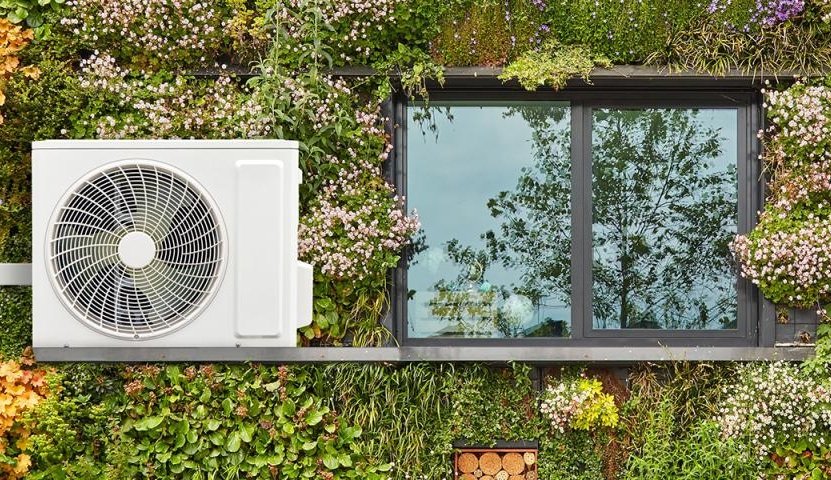University of Ljubljana Develops Solid-State Cooling to Replace Toxic Refrigerants
New elastocaloric system promises safer, more efficient alternative to vapor-compression cooling.
Researchers at the University of Ljubljana, Slovenia, are developing a solid-state cooling system that replaces traditional refrigerants with recyclable metal alloys. Supported by the EU-funded SUPERCOOL and E-CO-HEAT projects, the technology aims to address the environmental and efficiency challenges posed by conventional vapor-compression systems.
The new approach relies on elastocaloric materials, specifically nickel-titanium alloys like nitinol, which undergo a solid-state phase transformation under mechanical stress to produce cooling. Unlike hydrofluorocarbons (HFCs), these metals are non-toxic and biocompatible. HFCs, still widely used in refrigeration, have a global warming potential thousands of times greater than CO2 and are being phased out globally.
“Simply put, when you put mechanical stress on them, they heat up; when you relieve it, they cool down,” said Žiga Ahčin, a researcher on the project.
While early elastocaloric systems faced material fatigue issues due to repetitive stretching, the Ljubljana team achieved a breakthrough by compressing the alloys instead. This approach significantly increased the durability of the materials. Their prototype demonstrated a temperature range exceeding 30°C (54°F) without degradation—a critical threshold for practical HVAC applications.
“We proved that the lifespan of such materials can be practically unlimited,” said Dr. Jaka Tušek, principal investigator of SUPERCOOL. “At the same time, our prototype was the first in the world with a range of over 30 degrees Celsius.”
The technology is currently at 15% of its theoretical efficiency, with the potential to reach up to 70%. For comparison, standard vapor-compression systems operate at 20–30% efficiency.
The University of Ljubljana team is collaborating with institutions in Germany and Italy, and a technology company in Ireland, under a new EU-funded initiative called SMACool. Together, they are working to commercialize an air conditioner based on this elastocaloric system.
“It’s cool to think that this technology could someday be everywhere,” said Ahčin.
With cooling responsible for about 10% of global electricity use and demand expected to triple by 2050, the development aligns with the EU Heating and Cooling Strategy and the European Green Deal’s climate targets. The E-CO-HEAT project runs through early 2026 and includes steps for patenting and industry adoption.
